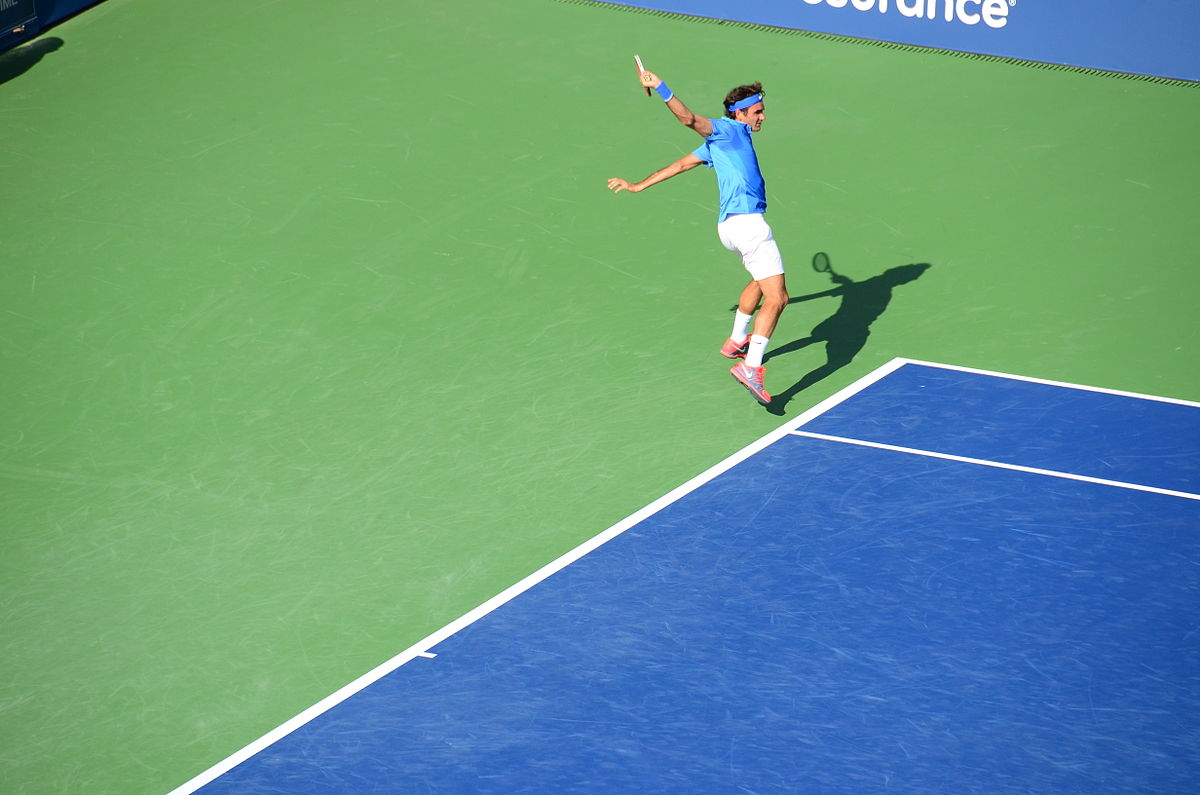When will tennis’ next generation truly arrive?
The ‘Big Three’ is an everyday tennis term for the tennis giants: Roger Federer, Rafael Nadal and Novak Djokovic. Tennis’ greatest rivalry began when Federer won the 2003 Wimbledon Championships and it remains timeless. Nadal won his thirteenth French Open earlier this month, extending the rivalry into a third decade.
The mighty trio have accumulated an astonishing 57 of the 69 Grand Slam titles held since Federer’s first triumph in South West London, with Federer and Nadal accounting for 20 each, and Djokovic 17.
Their dominance is unmatched in all sporting worlds, but as all with all great things, it must come to an end at some stage. Surely?
The Big Three’s superiority has been unmatched, which has left tennis fans wondering whether they will ever be challenged, and more importantly, who will replace them at the sport’s summit when they do unfortunately retire. This is where the Next Gen come in. This term refers to the younger players, who are rising up the ATP rankings.
The Next Gen is getting closer with every passing year to the catching the Big Three
How long will it take them to finally take down the legendary trio? Nobody can tell. The signs, however, say that it shouldn’t be too long now.
Over the past few years, the gap between the two groups does seem to have shrunk as the Next Gen stars are finding more success on ATP Tour and delving deeper into the second week of Grand Slams. For the first time since 1999, all four semi-finalists at the 2019 Shanghai Masters, a Masters 1000 event, were under the age of 24.
The recent 2020 US Open had a lot of similarities to the 1973 edition of Wimbledon. Both hosted the creation of a new men’s player union – the ATP in 1973, and Novak Djokovic’s PTPA (Professional Tennis Player’s Association) in 2020.
There’s another parallel between the two events. The absence of the reigning men’s elite players helped two young growing stars get a foothold at the top level of the game. At the 2020 US Open, a similar absence of Federer (through injury), Nadal (due to the ongoing pandemic) and Djokovic (infamously defaulted in the fourth round). This allowed the first Grand Slam final between two Next Gen players, Dominic Thiem and Alexander Zverev.
In order for the Next Gen to make a lasting impression on the tennis world, they will need to find a more consistent form in Grand Slams. This is shown by Denis Shapavalov’s form over the past few months. Despite doing incredibly well in the US Open reaching the quarter-finals, he only reached the second round at Roland Garros, losing to the unseeded Roberto Carballés Baena.
Tennis legend John McEnroe contributed to the discussion, arguing that, technically, the Next Gen are ready to dethrone the Big Three, but the mental side of their game is letting them down. Talking to Eurosport, McEnroe explained that, “If you look at Shapovalov, he’s got the body and physique, even Felix Auger-Aliassime – another Canadian – who I both think will win a Grand Slam and both I think will be in the top five. But they’ve got to be bitterly disappointed. It’s more the mental part, but technically they haven’t advanced their games enough and they think it’s just going to happen.”
The Big Three have enticed tennis fans all over the world for nearly two decades with their iconic rivalry. As Federer, Nadal and Djokovic enter their Indian summers’, onlookers can have hope that they will continue to deliver – even with the effects of age working against them.
However, the Big Three won’t retain their hegemony in perpetuity – the likes of Dennis Shapovalov, Stefanos Tsitsipas and Alexander Zverev will eventually rise. Tennis’ emerging elite almost certainly won’t match the heights set by their forebearers, but a decade of fascinating play awaits. Game. Set. Match.

Comments